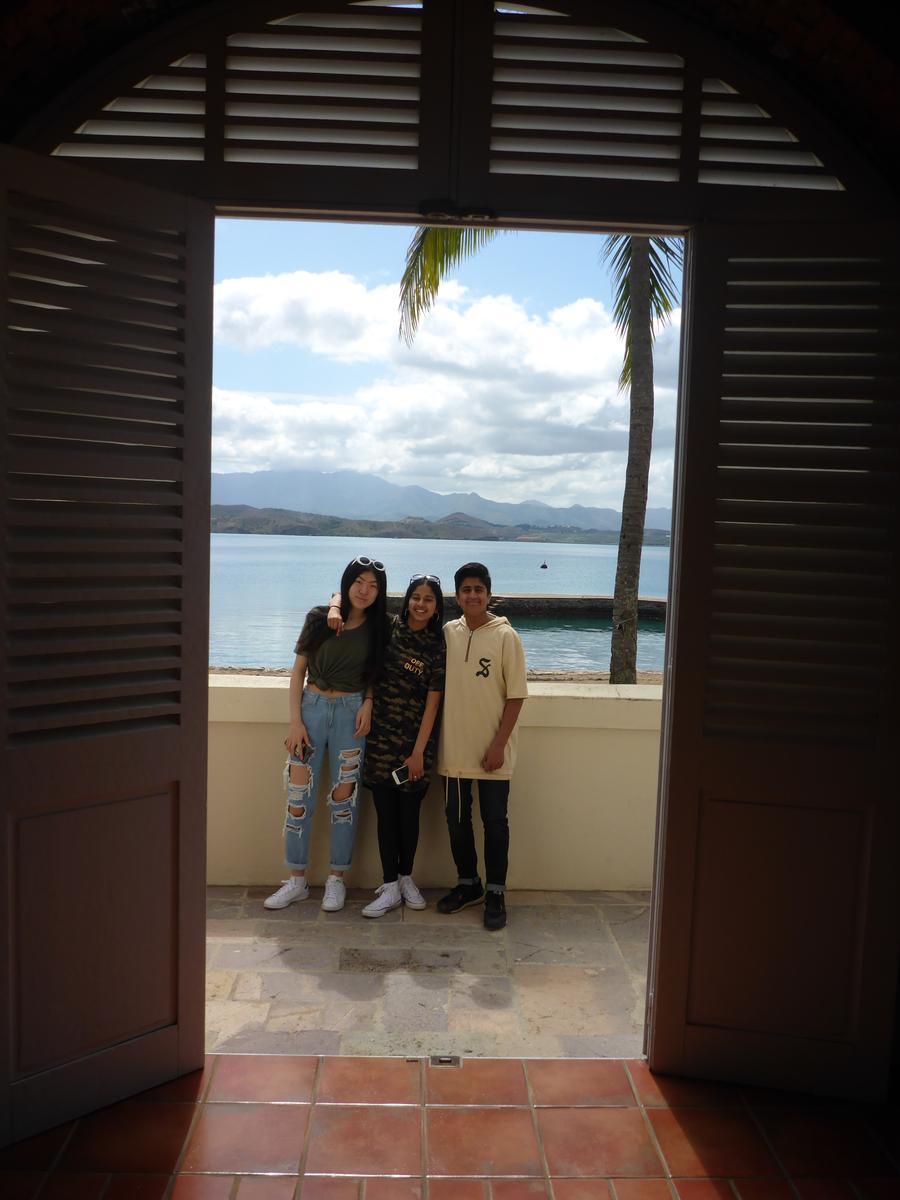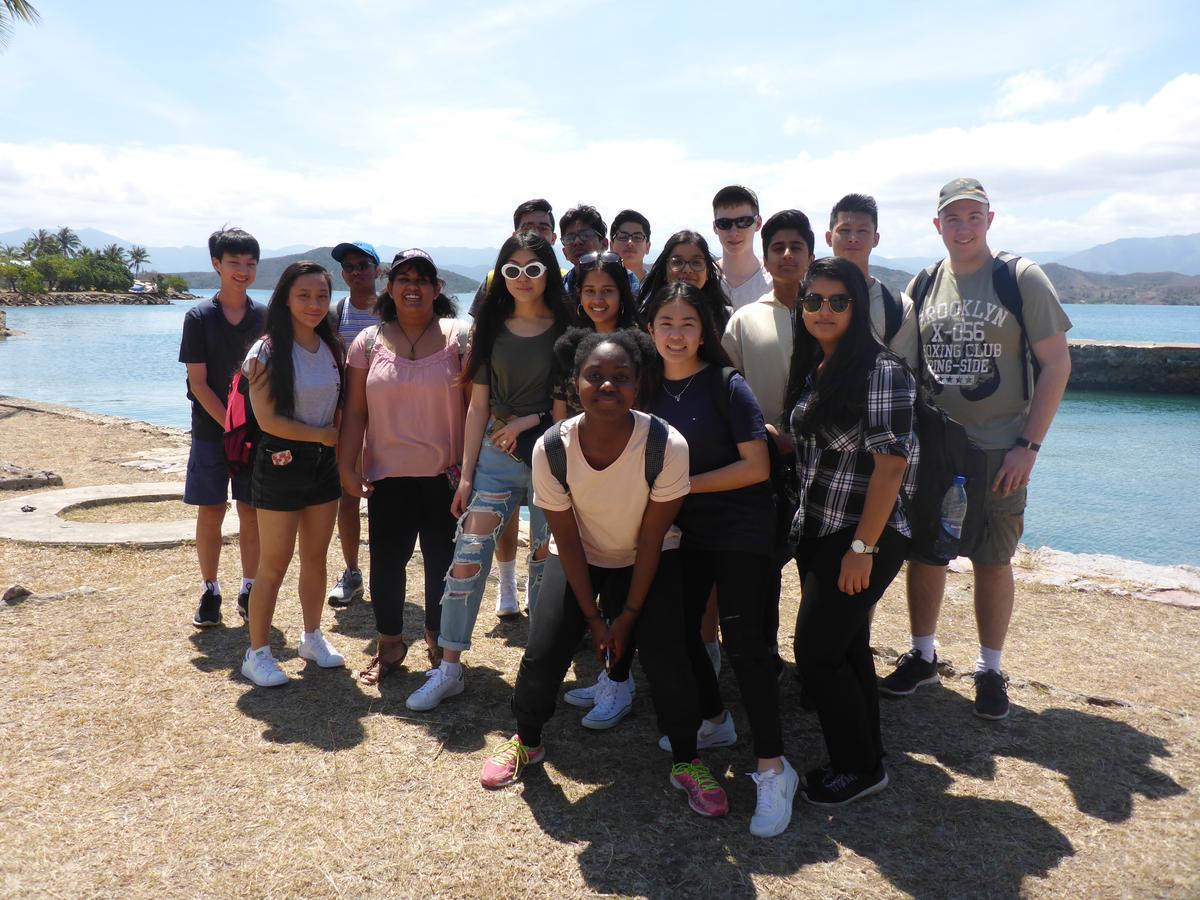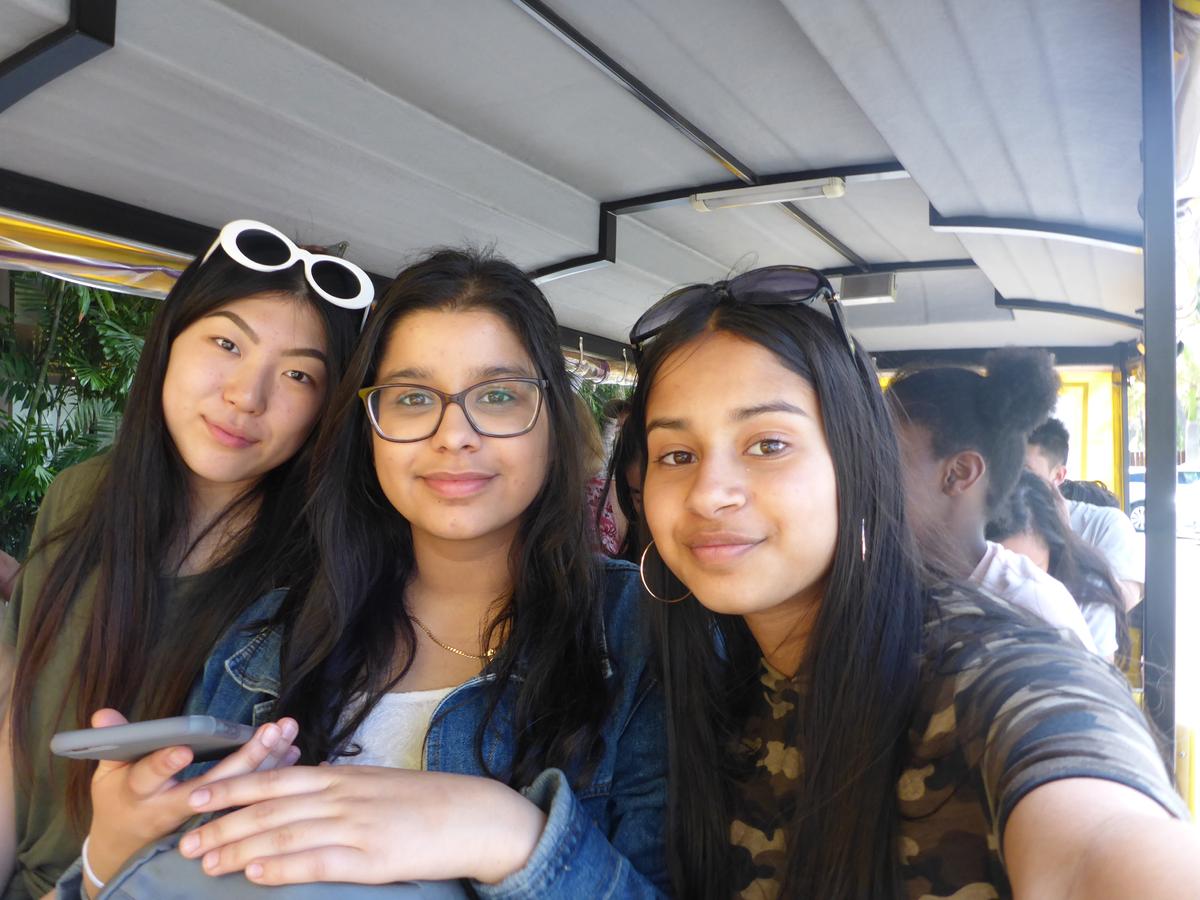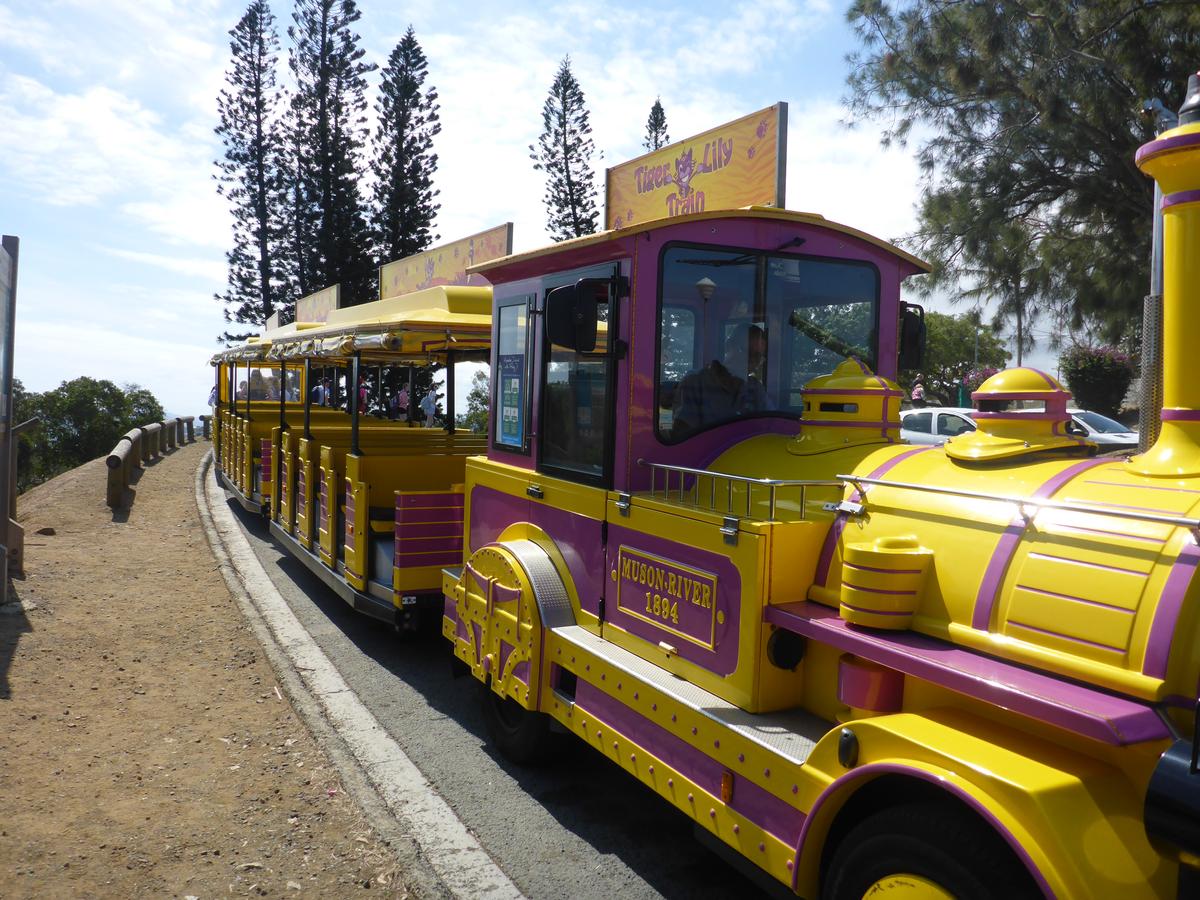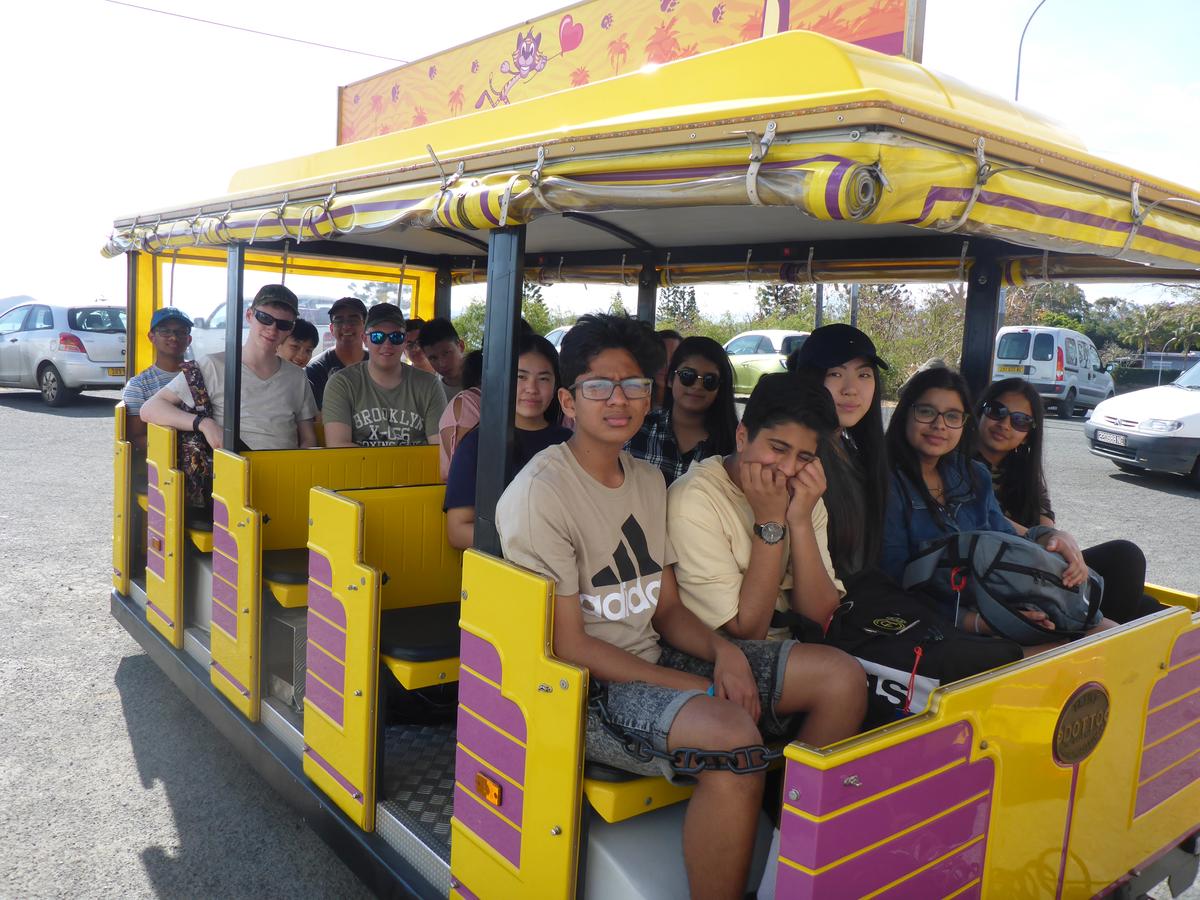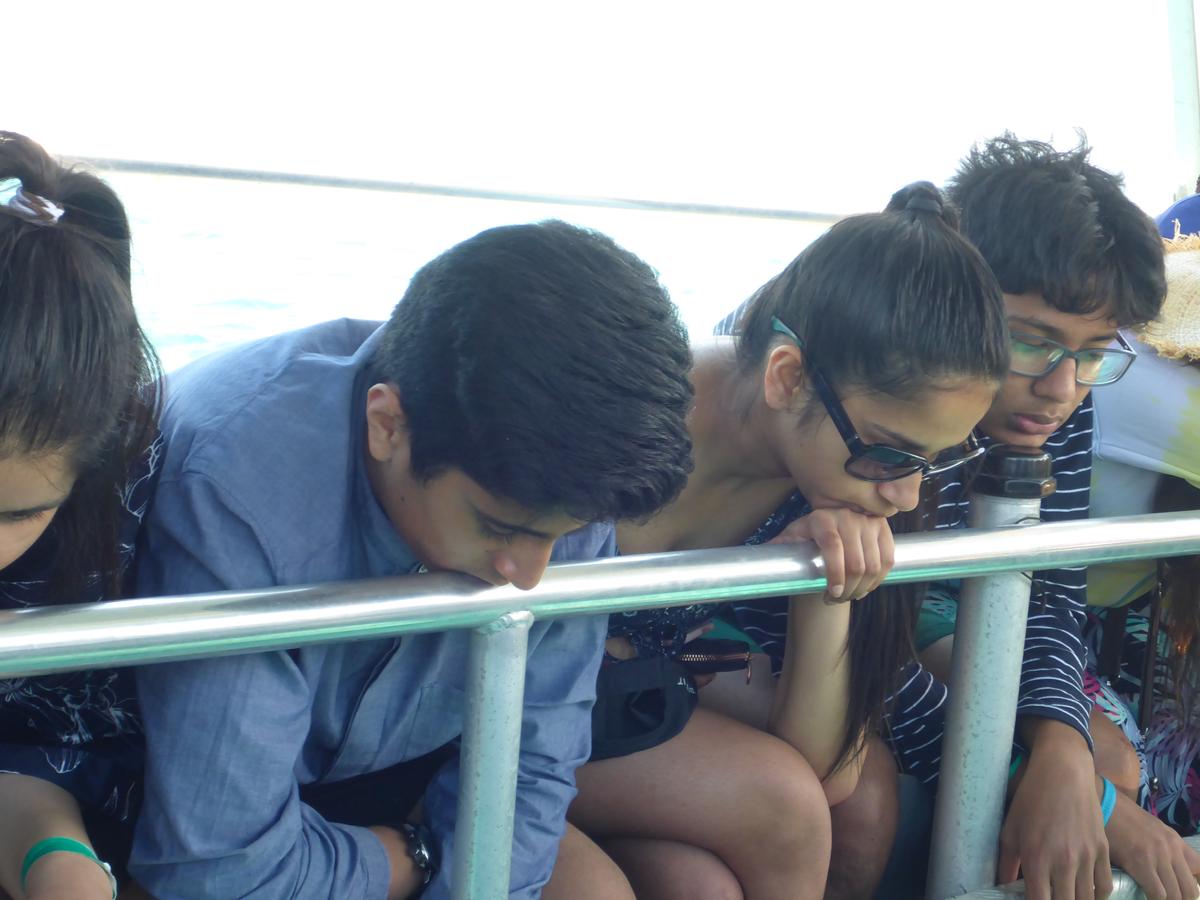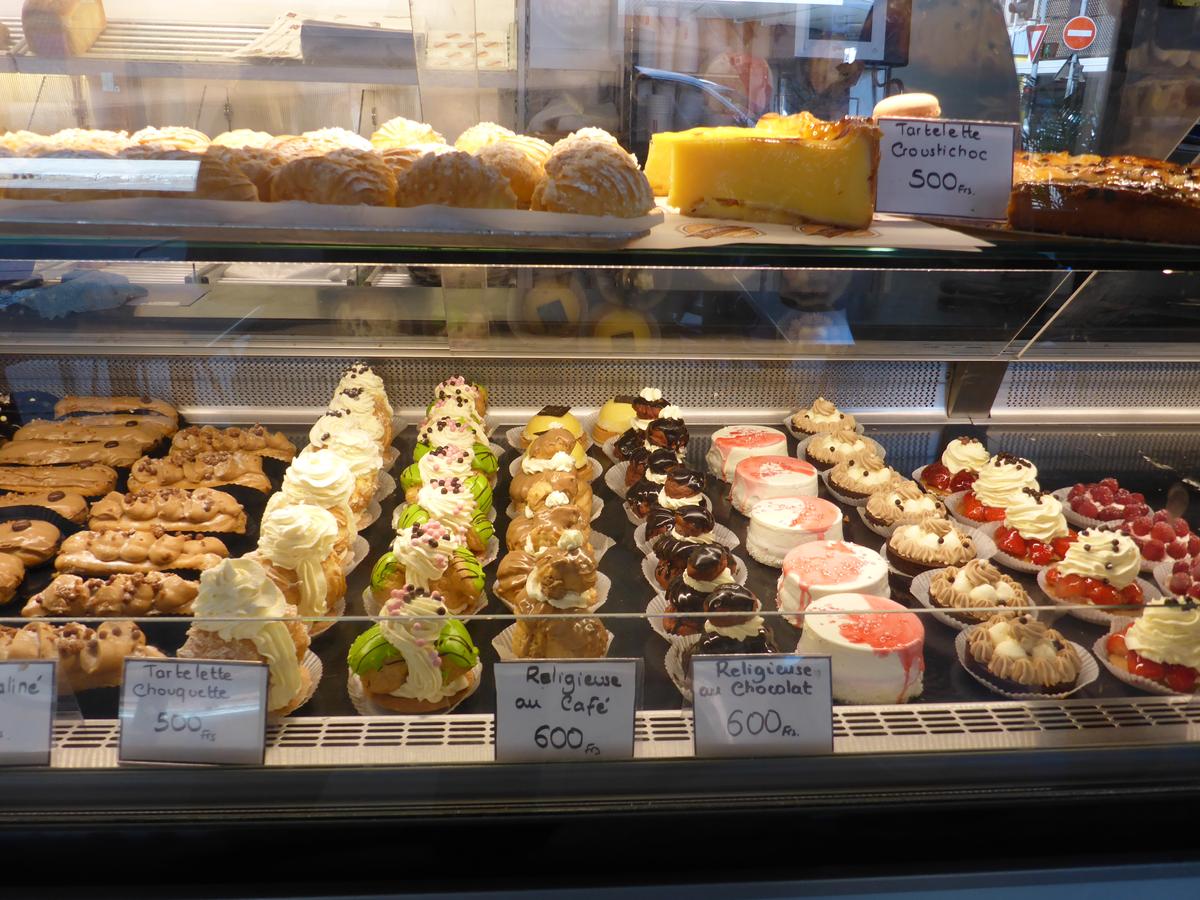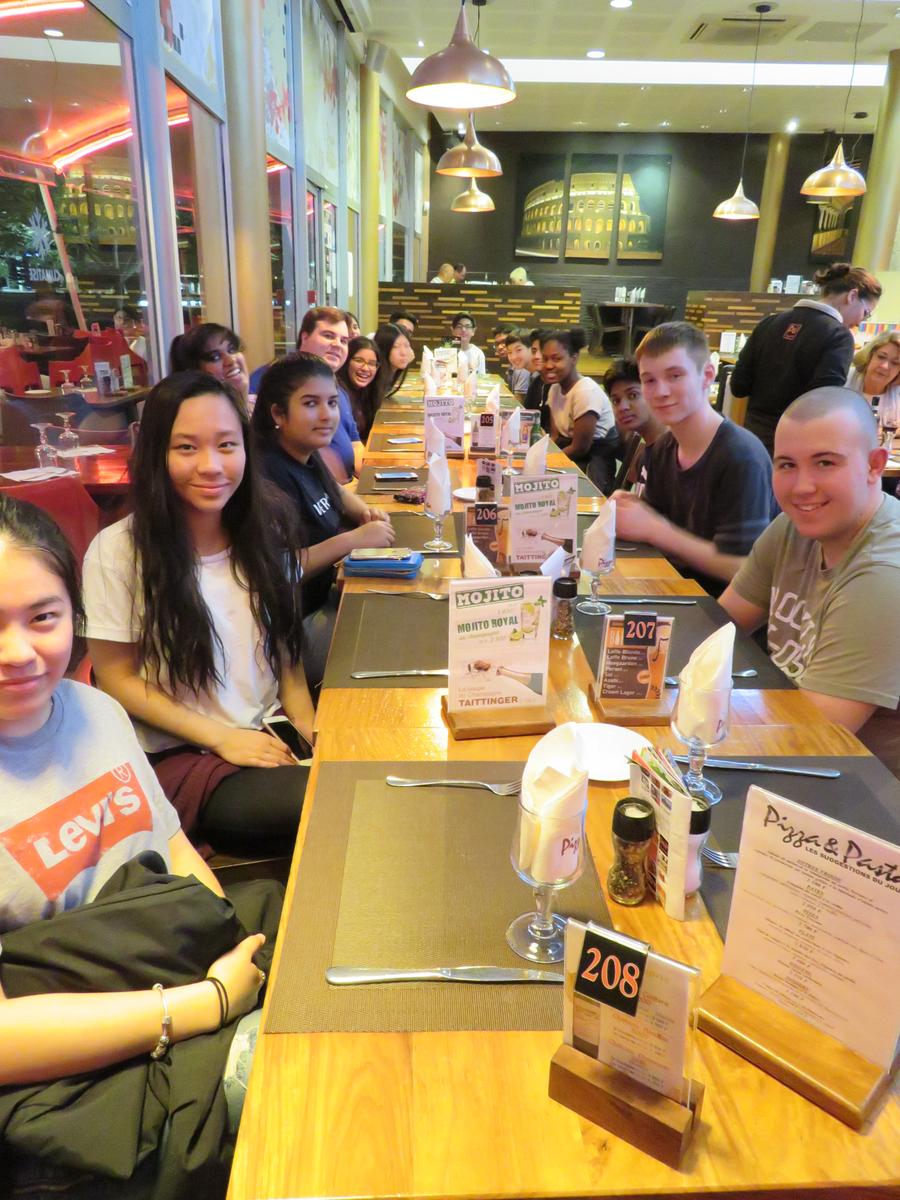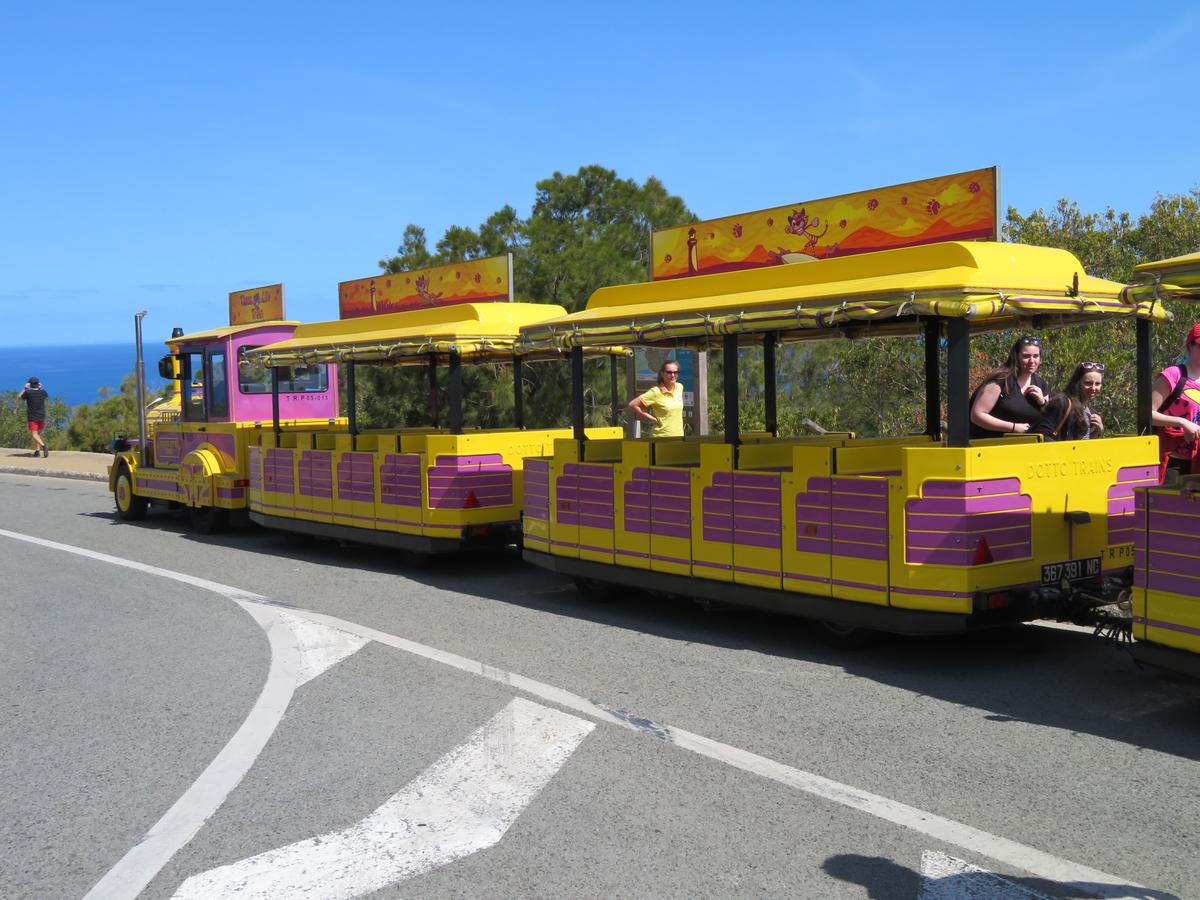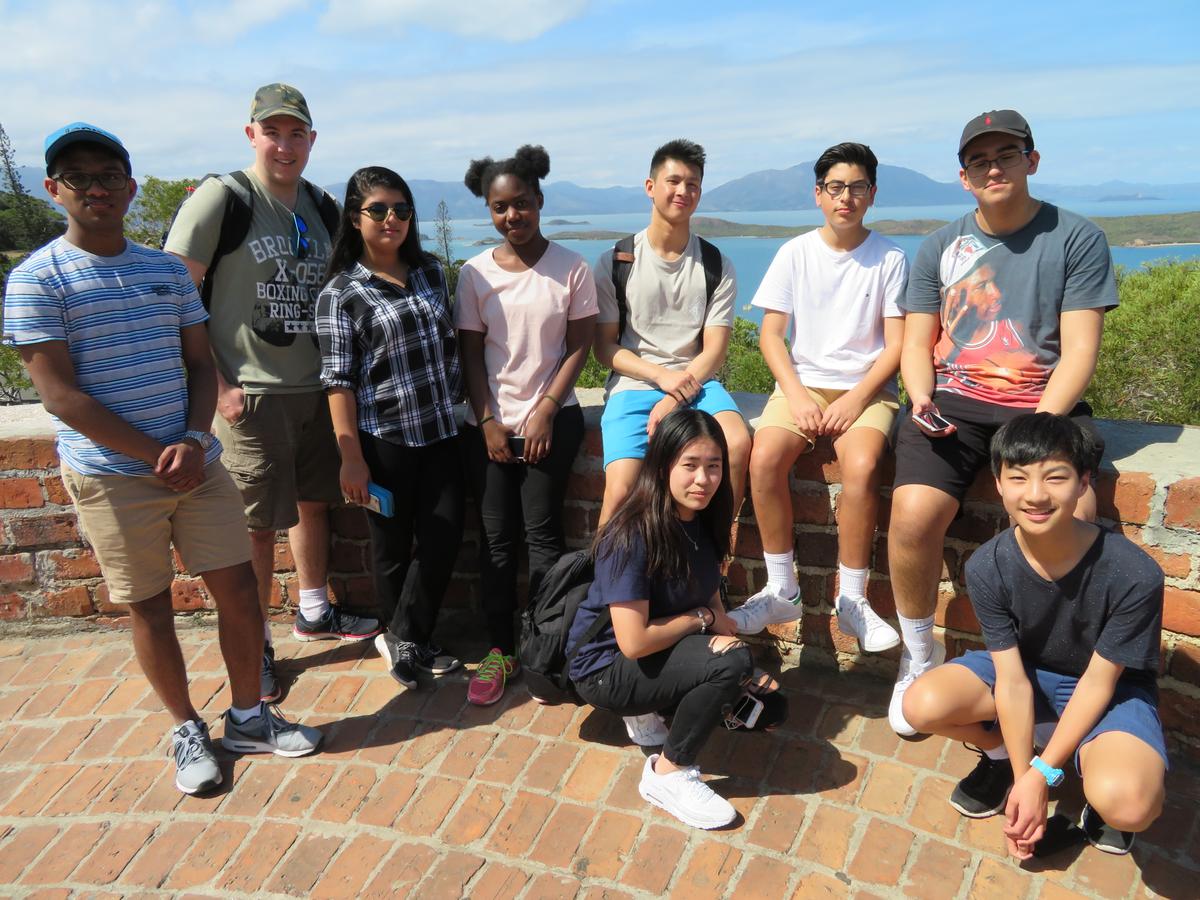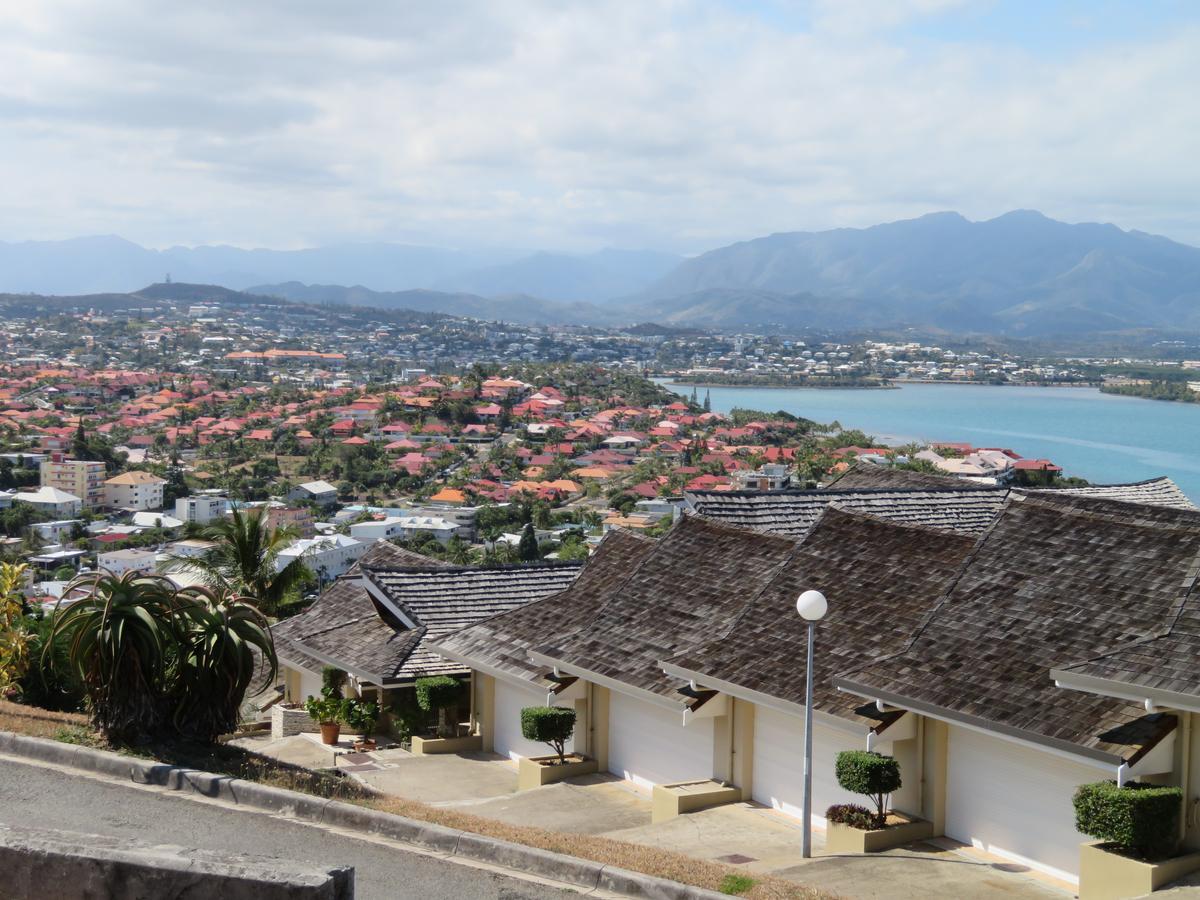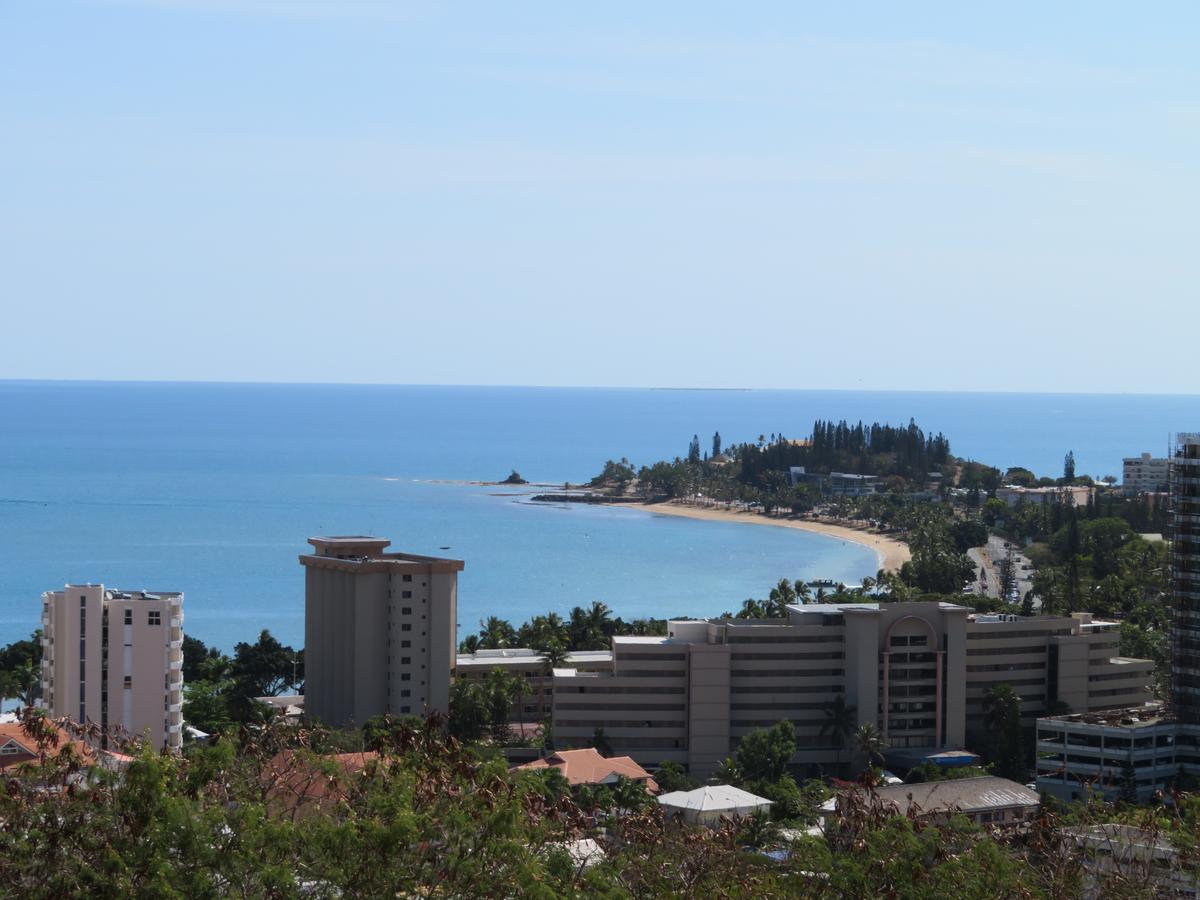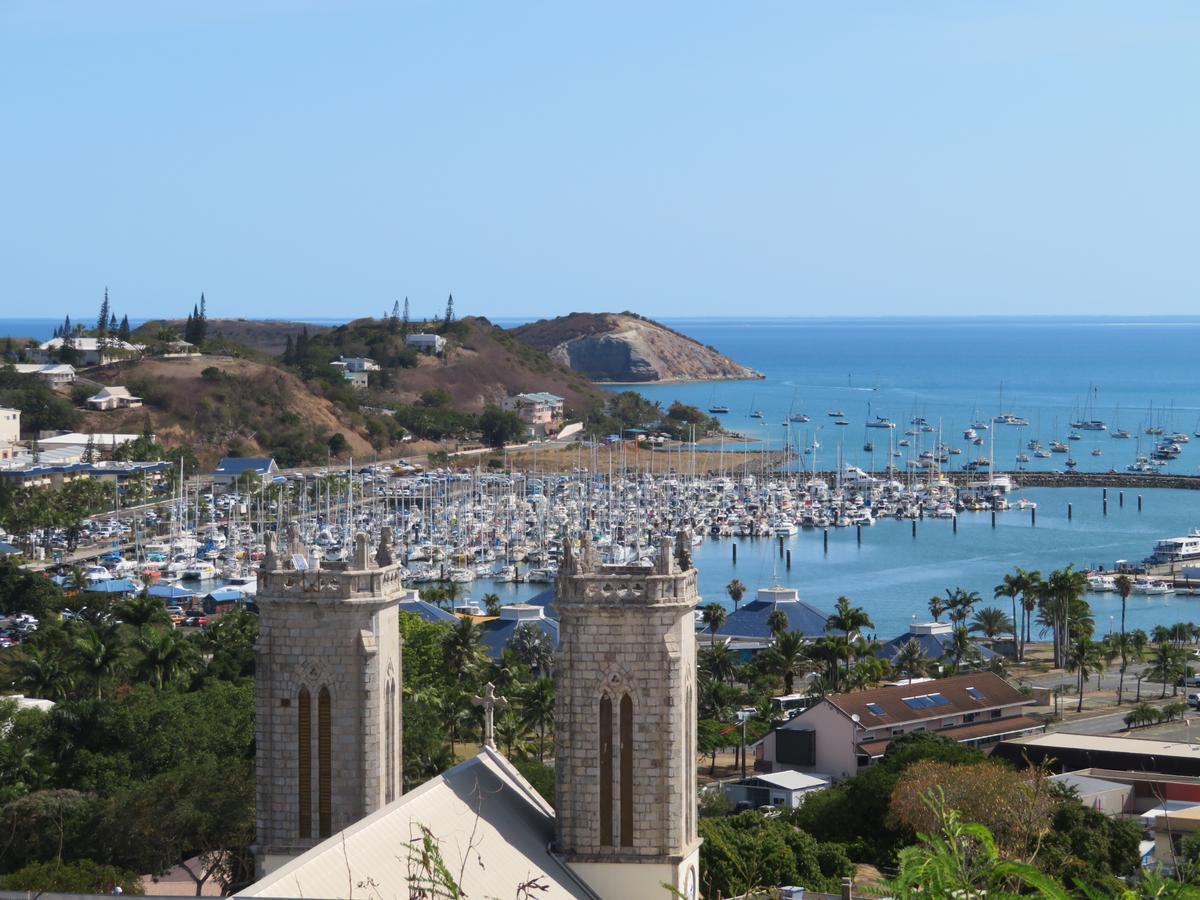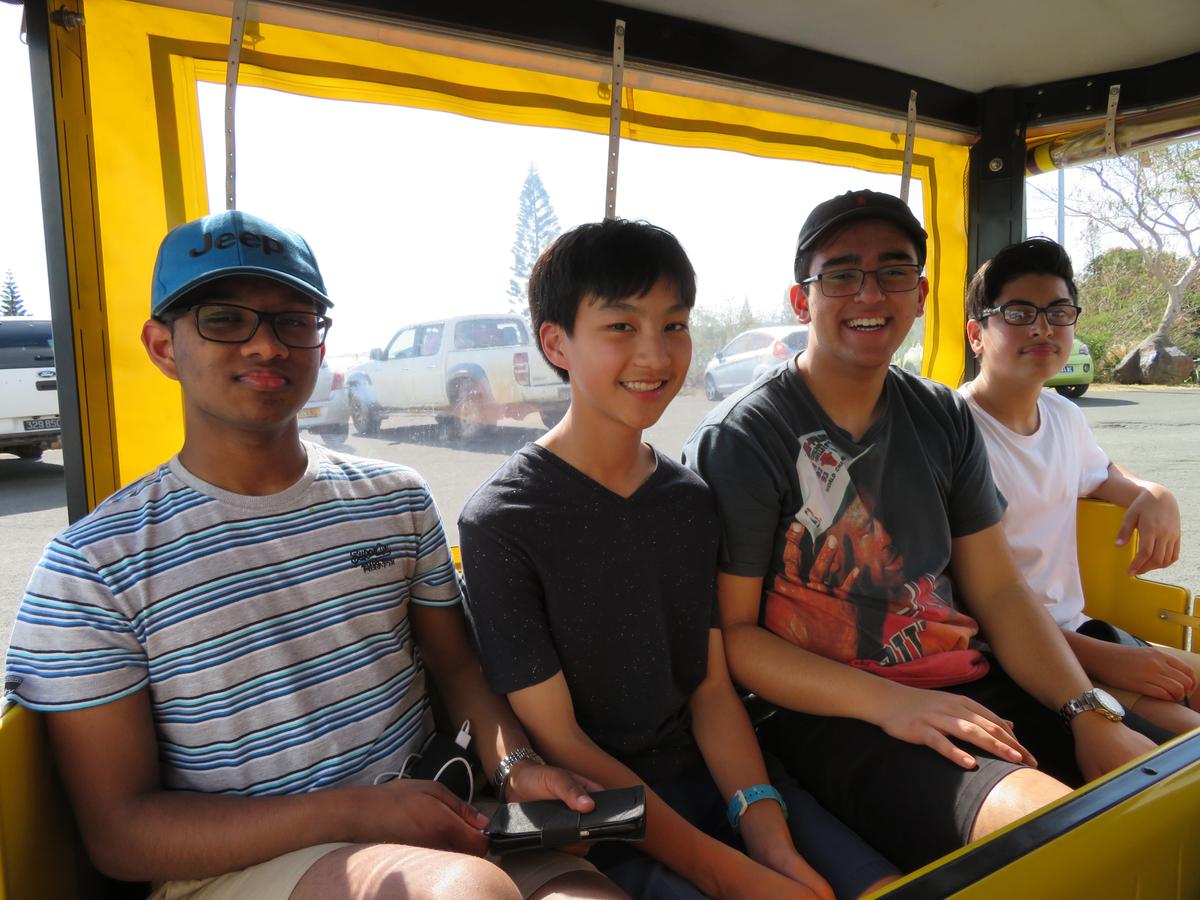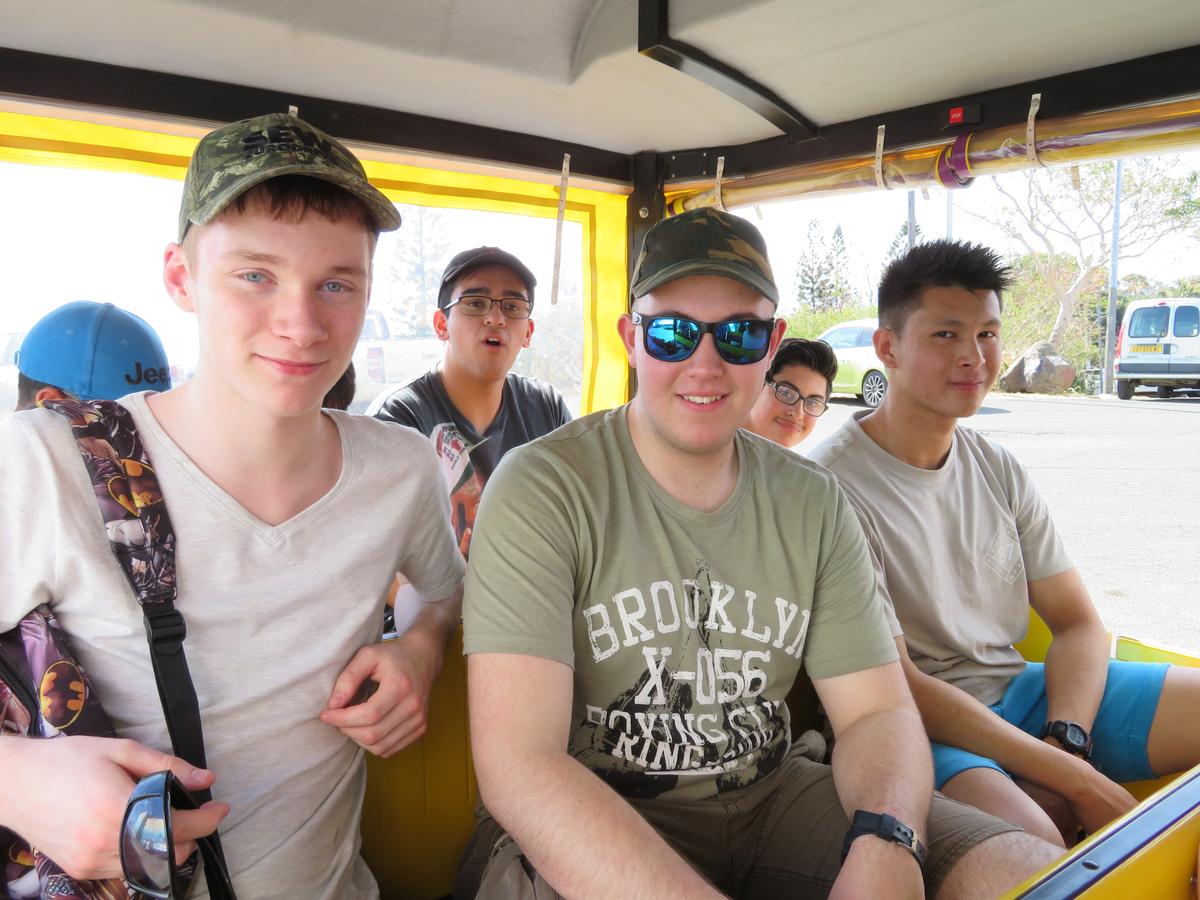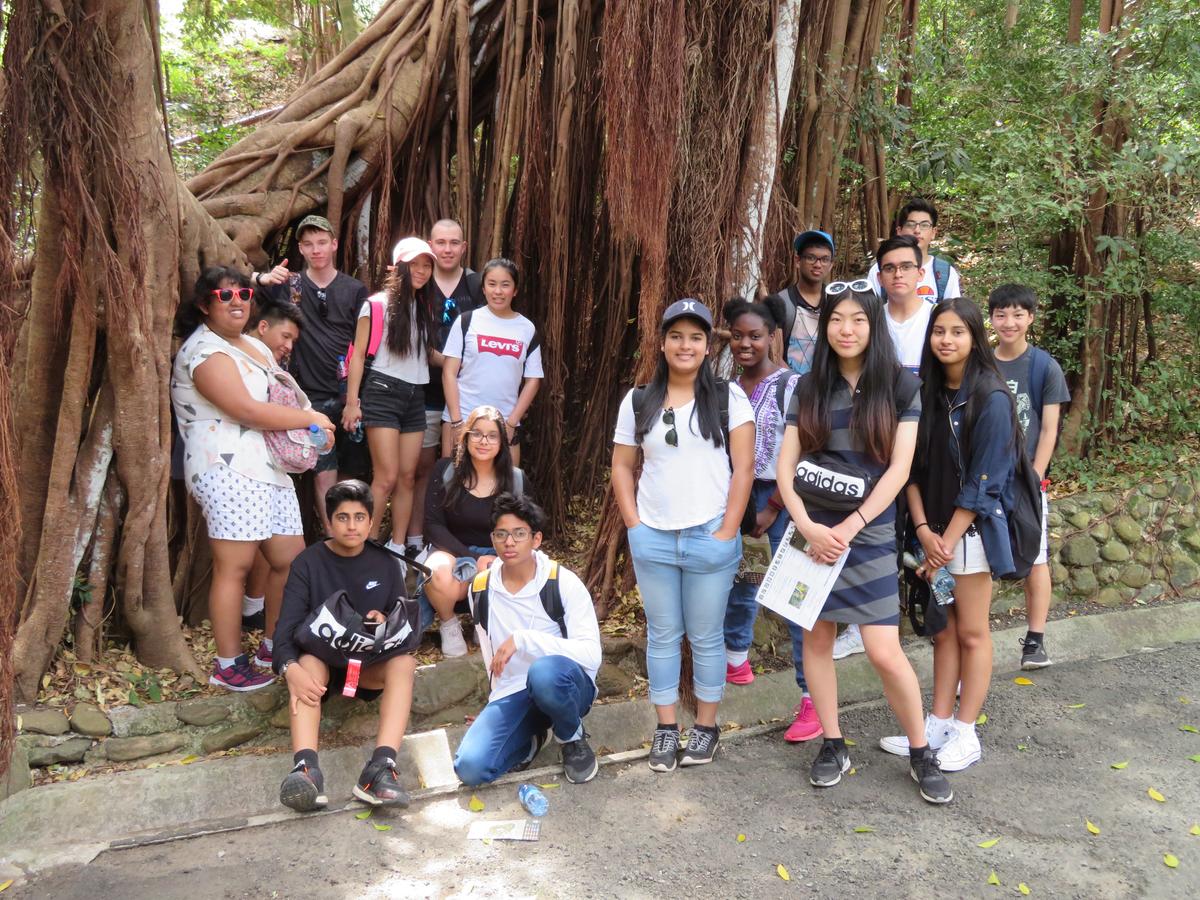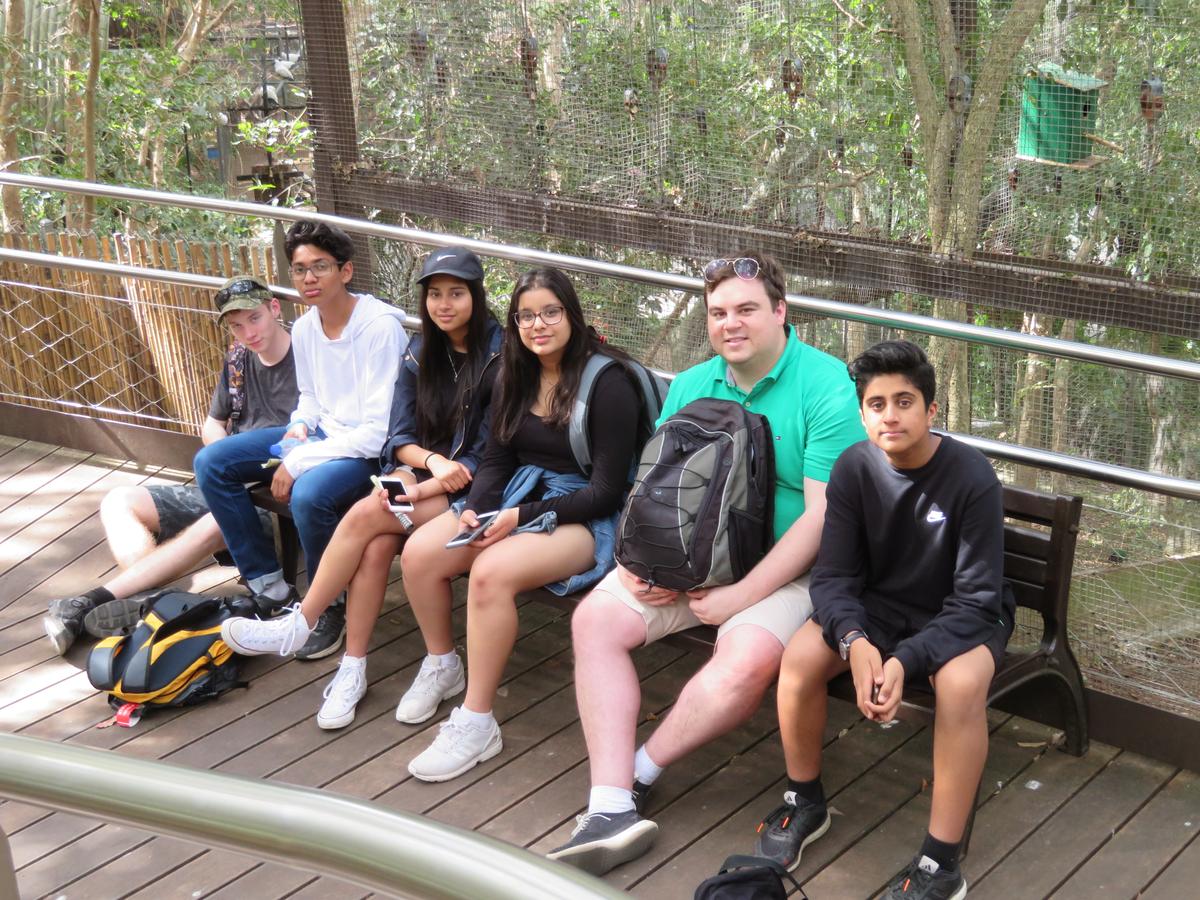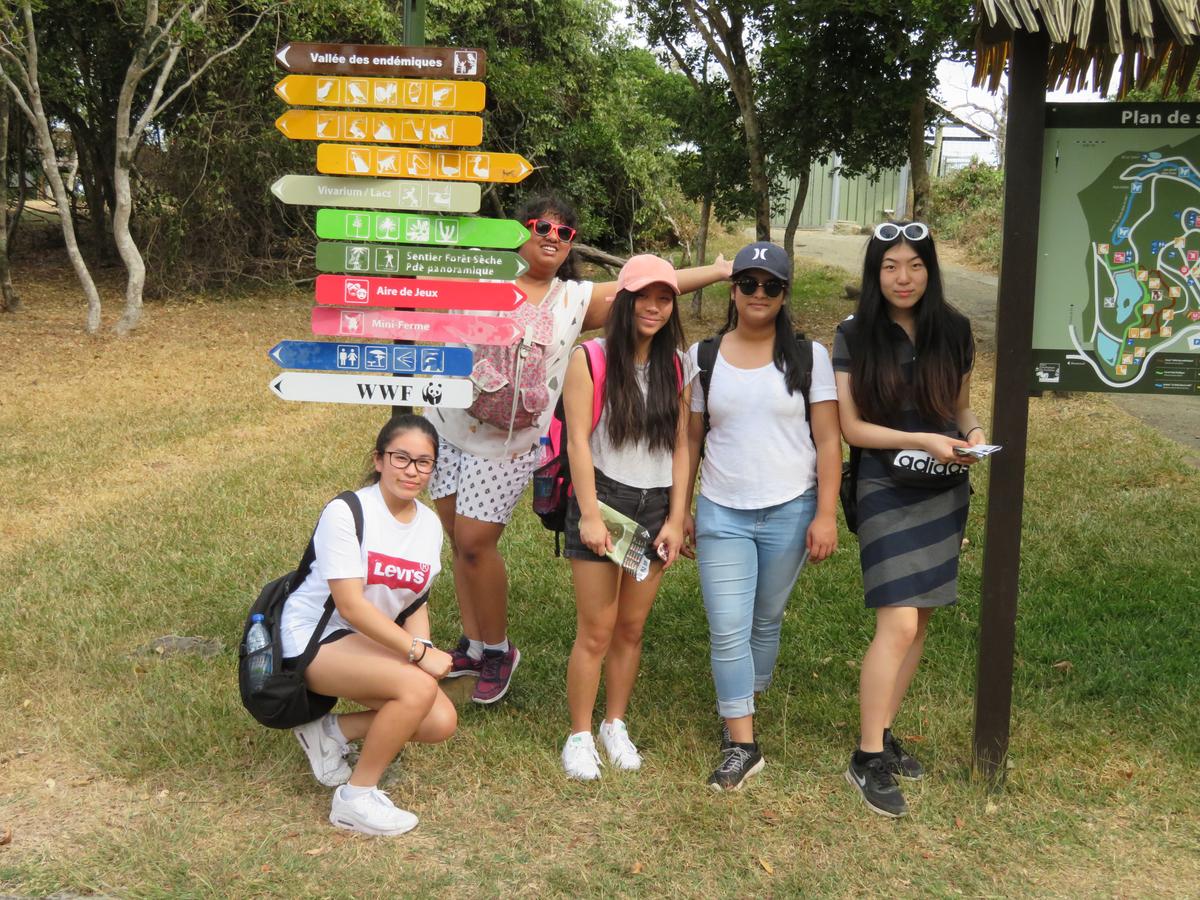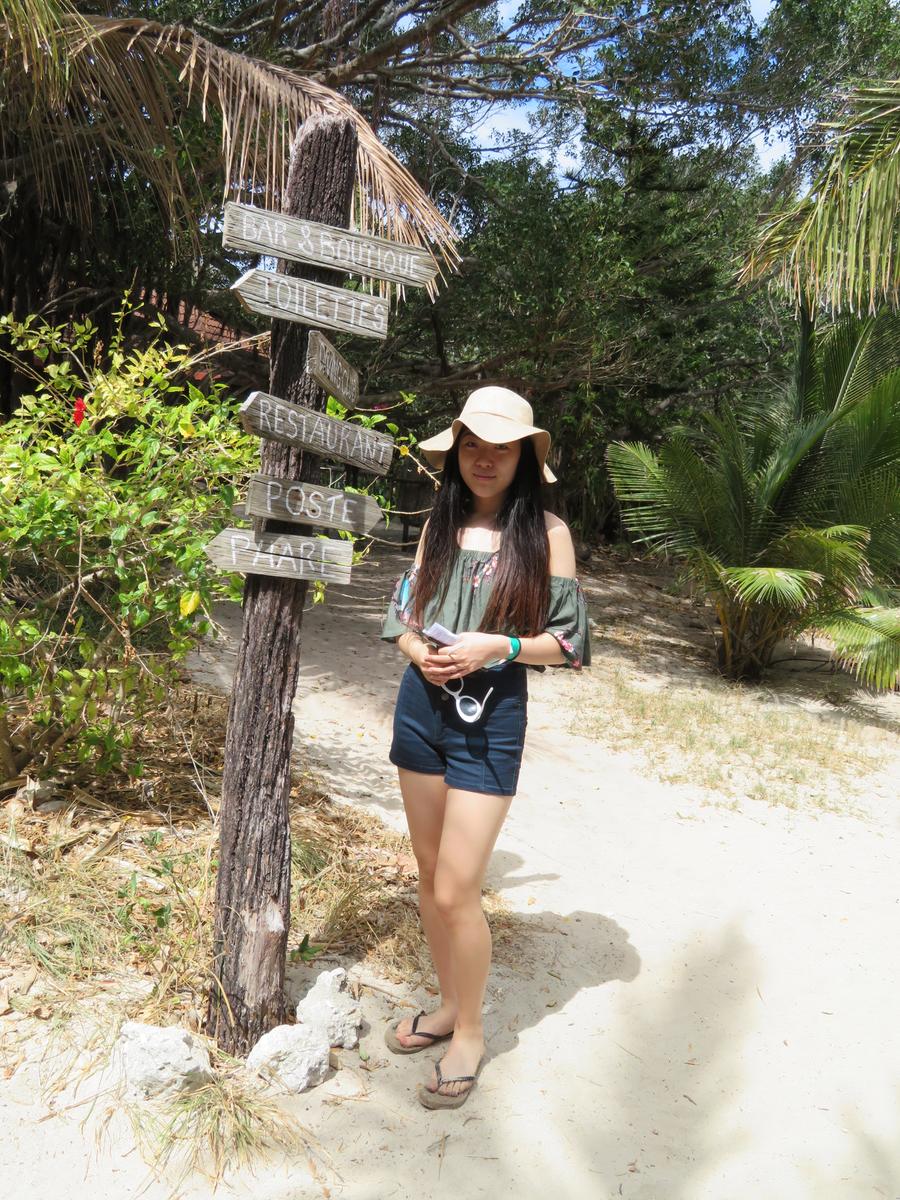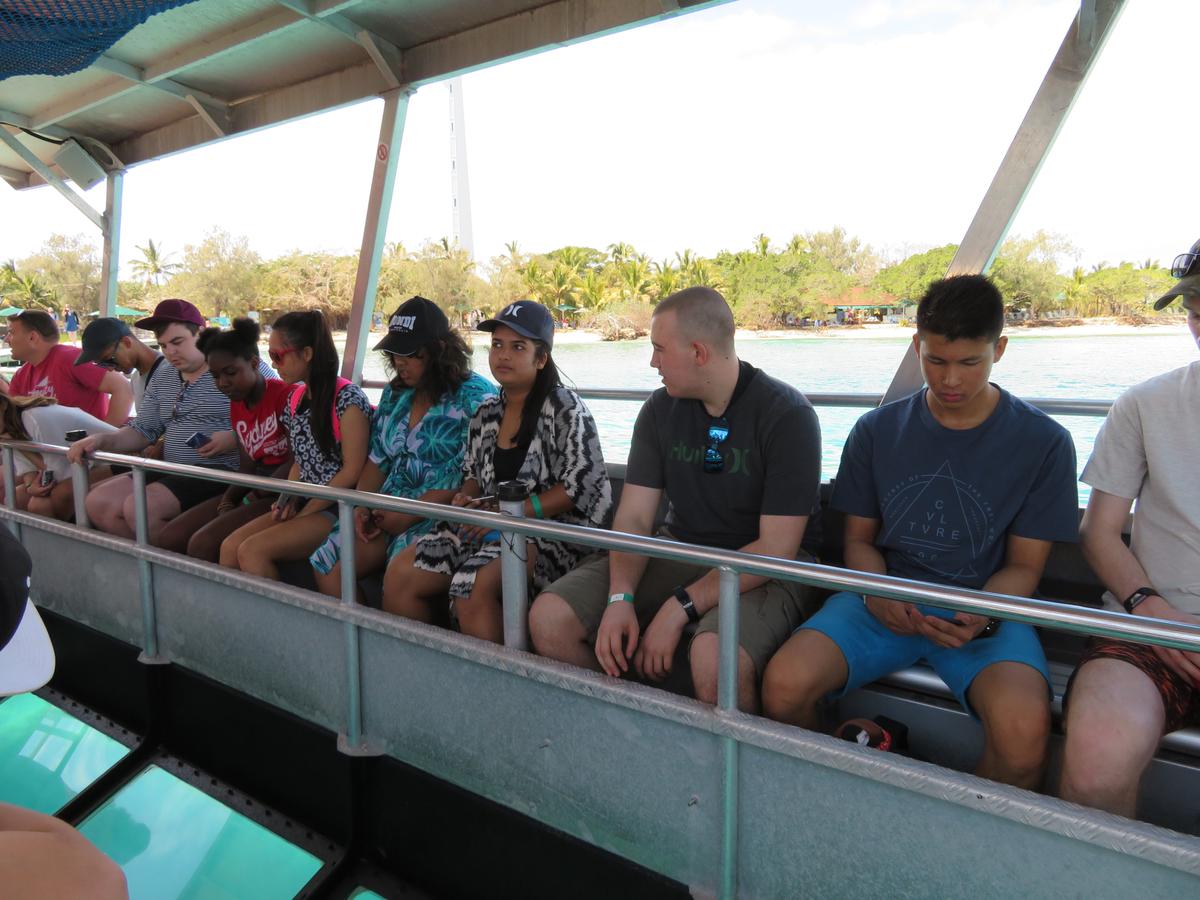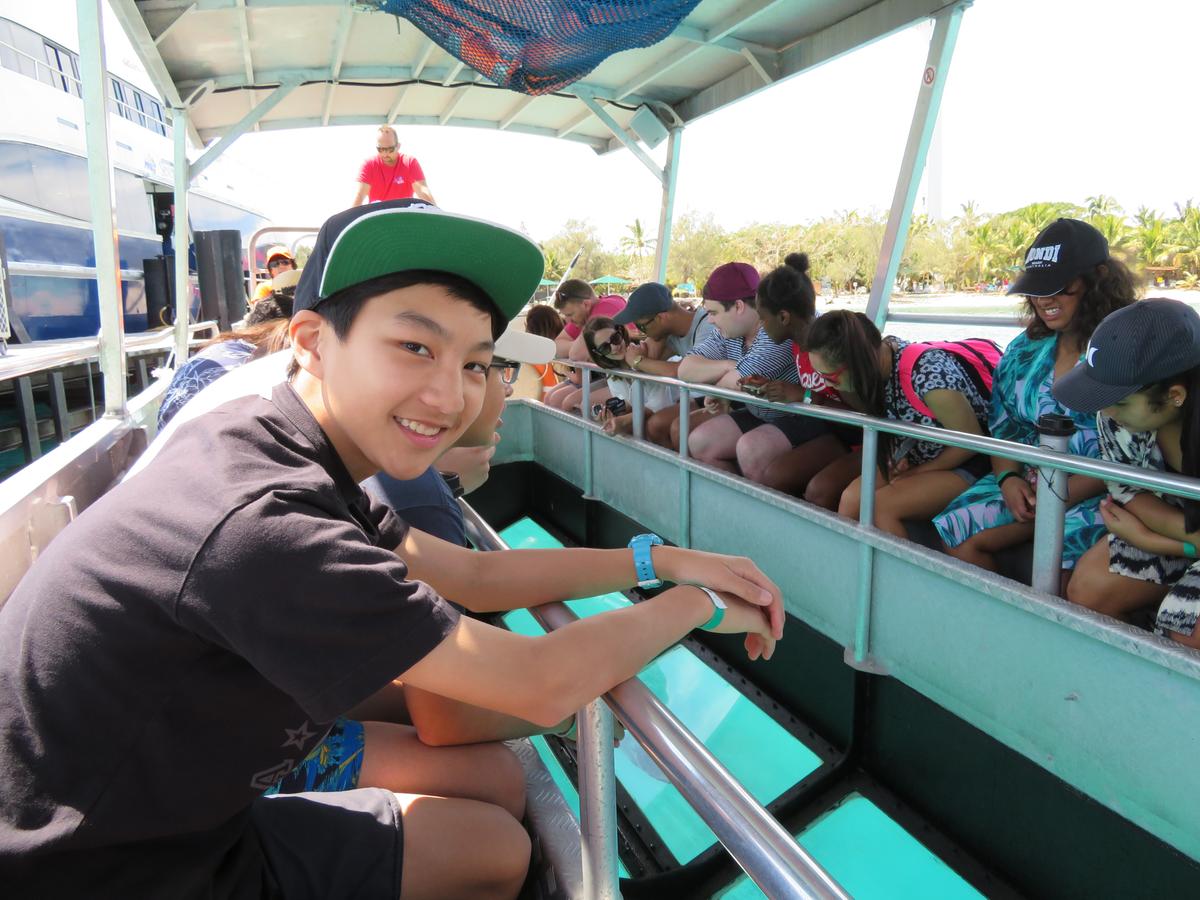Languages News

New Caledonia Tour 2017
On the September 27 2017, a group of 17 students and 2 teachers left on a tour to New Caledonia for one week. Without a doubt, it was a beautiful and amazing trip, one that will be remembered for a lifetime.
Arriving at New Caledonia
As soon as we were in the radius of New Caledonia, you could tell the environment was quite different. Stepping into the airport felt exciting, just being in a different place made us excited for what lay ahead. Although most of us were ‘fatigué', we managed to take a bus which led us to Nouvata Parc Hotel. The only eventful thing in the bus was sleeping from the 5 hour plane trip. Time of arrival was 6:00pm which meant everything was pitch black outside, and this made it hard to sight-see while in the bus. Nouvata Parc Hotel, is a hotel with many awards, which is not surprising, the hotel humongous in size, luxurious in quality, with a beautiful beach right next to it and has various restaurants and souvenir shops surrounding the hotel. The start of the trip was looking extremely enticing and it delivered.
The Tchou Tchou Train
The Tchou Tchou Train was in fact not an actual train, but the experience of riding on a tourist train with a guide telling us the history of New Caledonia and how it became what is today. The story told us about the origin of the name literally meaning New Scotland and the history how James Cook discovered the island after he left Australia. Later the French took over to make it into a convict settlement. In the near future a vote will be held on whether New Caledonia will still be an overseas French territory. Throughout the tour we were able to see old battle statues and a vibrant old building with numerous and bright street art on it. At the end of the day we were united with our host families, so everyone has different experiences of life in New Caledonia.
The Cultural Centre
Whilst in and around the Tjibaou Cultural Centre, we explored the history of the Indigenous people of the land called the Kanaky community. We witnessed a cultural dance, depicting the skill of planting in reference to gender, so that means a ‘male’ plant must always be beside a ‘female’ plant. As the tour progressed, we managed to see shelters and huts that the native community lived in and we managed to see all the structural features inside the huts and the reasoning behind those features. Even though the cultural centre was supposed to show history of the Kanaky community it also showed monuments and figures from other native island communities like Vanuatu and the Maori community in New Zealand. It was extremely educating to hear of the different cultures and the history and stories of those cultures.
Language Classes
We arrived at the CREIPAC Cultural Centre where we had our classes. We usually gathered at about 8:15am and had classes until 11:45am with a half hour break in between. Many of us were with our friends, but we also got to have classes with students from different Melbourne schools. It was a completely different environment to what we’re used to as Nossal students. Everything was more relaxed, and we were able to have a lot of fun while we learnt more about this foreign culture. We had the opportunity to put our language skills into practice, without having to worry about our terrible accents. Overall, it definitely helped us in more ways than words can say.
Parc Forestier
The ever-green Parc Forestier was as beautiful as it was calming. Magnificently tall trees lined the wide paths we walked along and the shade they provided was very much welcomed by us, since it was such a hot day. We meandered through the Parc Forestier together, catching glimpses of the Cagou, the native and flightless bird of New Caledonia. We saw many other animals, including monkeys and peacocks. While we were there, we also heard a talk in French about the Cagou, most of which escaped our comprehension, but it was interesting all the same. A calm way for us to spend our blistering hot day.
Phare Amedee
This was probably the most memorable day we had on the trip. Phare Amedee is a lighthouse on the Island named Amedee. It’s located 24 kilometres off the shore of New Caledonia. So how did we get there? By boat, of course. The weather was perfect, not too hot nor windy and the crystal clear aquamarine water that surround the island, truly made it seem like Paradise. While we were there, we climbed the lighthouse, all 247 steps, but the view was worth the pain.
We could see all the way around the island and ocean. The whole world looked so distant and in that moment we didn’t have anything to worry about. Later, we had a tropical buffet lunch, which was divine, while we were entertained by the gorgeous Island dancers.
The highlight, however, was the snorkeling. At first it was very difficult to coordinate; breathing through your mouth and sea water everywhere. Everyone swam about in the ocean for hours, looking for turtles and fish and fun in general. It was an incredible amount of fun; one I don’t think any of us will forget anytime soon.
Shopping in New Caledonia
Among the activity packed days we were thankful enough to have a day to go shopping in New Caledonia. We were taken to Place des Cocotiers, being the main square of Noumea, in the heart of the city. The shops there were on the streets unlike the one stop shopping centres in Australia. On the first side of the square that my group went to, there were shops that were like the shops Australia on the streets. The differences were the architectural designs of the buildings which were quite different to those in Australia and we used a different currency. We encountered a shop called LM Amphora that we were quite fascinated by. We entered to shop to find that it was like Sephora, the makeup store in Australia, US etc, the difference being the New Caledonia store only sold beauty products. On the other side of the street, there were many souvenir shops.
For all of us, the trip t o New Caledonia was worth everything. We travelled with our friends and made new ones. It definitely helped with our language skills in a way that we wouldn’t be able to do at school. We implore anyone thinking about going on school trips like this to take the opportunity. You won’t regret it!
Shalini, Danielle and Vicky

